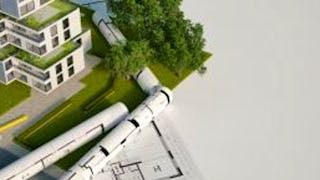Interested in decarbonisation, high performance, and climate resilient buildings? Then this course is for you.
Our future is low-carbon, net-zero buildings that are super-efficient and self-sufficient in terms of their energy and water use. Decarbonisation, digitisation, and deglobalisation are driving the infrastructure revolution over the next 20 years. This course, offered jointly by the Alliance for an Energy Efficient Economy (AEEE) and the Indian Institute for Human Settlements (IIHS), will enable you to reap the benefits of this revolution and work on climate change. You will learn the fundamentals of passive comfort, energy efficiency, renewable energy, and low carbon and resilient design. These fundamentals include building science, design, engineering, and finance. Learn these to work on high performance building design, with evidence-based design process. These fundamentals will equip you to work effectively in a multi-disciplinary team. There are 11 modules: energy performance, heat transfer for the building envelope, passive design, thermal comfort and indoor air quality, natural ventilation, load calculation for right-sizing HVAC systems, HVAC system types and low-energy cooling, cost estimation and financial feasibility, water sufficiency, resilient design, and embodied carbon. Enrol in this course and arm yourself to lead the global infrastructure transition.









 中
中











